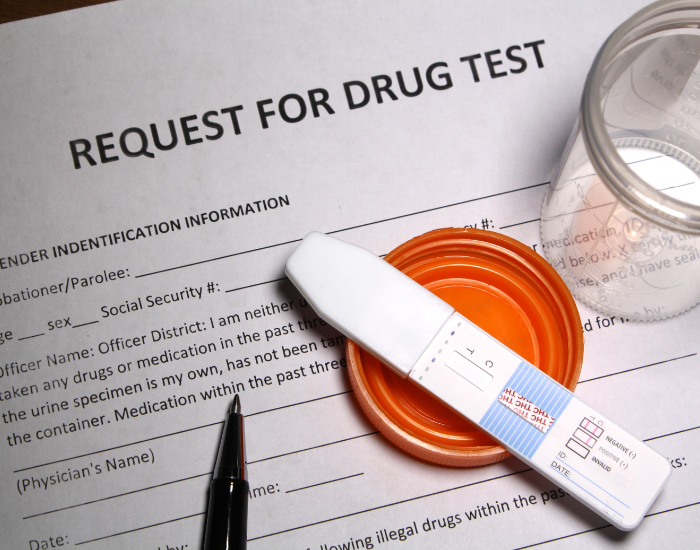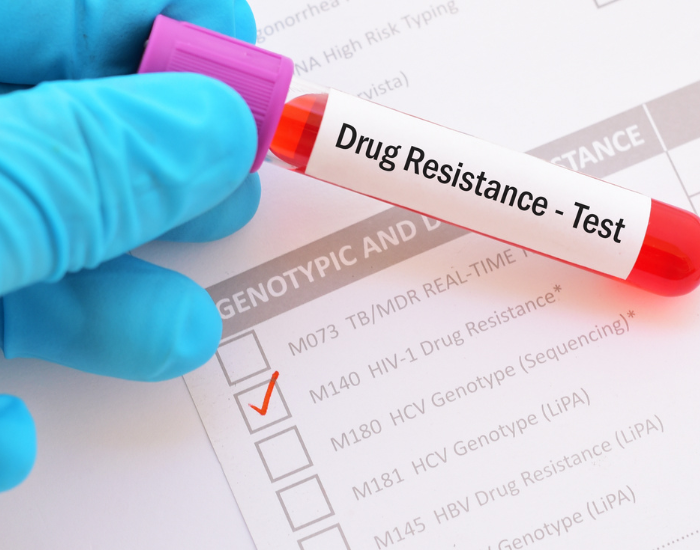Therapeutic drug monitoring (TDM) is a process that involves measuring the concentration of drugs in a patient’s blood to ensure that they are receiving the correct dosage. This practice is becoming increasingly important in modern medicine, as it can help to improve treatment outcomes and reduce the risk of adverse effects. In this guide, we will explore the ins and outs of Therapeutic Drug Monitoring – Coming Soon to My Care Labs, including how it works, why it is important, and what patients can expect during the monitoring process.
What is therapeutic drug monitoring?
Therapeutic drug monitoring (TDM) is a process that involves measuring the concentration of drugs in a patient’s blood to ensure that they are receiving the correct dosage. This is done by taking blood samples at specific intervals after the patient has taken their medication. The samples are then analyzed to determine the concentration of the drug in the patient’s bloodstream. TDM is used to ensure that patients are receiving the optimal dose of medication, which can help to improve treatment outcomes and reduce the risk of adverse effects.
Why is therapeutic drug monitoring important?
Therapeutic drug monitoring is important because it helps to ensure that patients are receiving the correct dosage of medication. This is particularly important for drugs that have a narrow therapeutic index, meaning that the difference between a therapeutic dose and a toxic dose is small. By monitoring drug concentrations in the blood, healthcare providers can adjust the dosage as needed to ensure that the patient is receiving the optimal amount of medication. This can help to improve treatment outcomes and reduce the risk of adverse effects. Many laboratories do offer free rapid tests for drug related inquiries. Whether it is employer mandated or for your own personal drug monitoring purposes, make sure look into the free rapid tests near your area.
How is therapeutic drug monitoring done?
Therapeutic drug monitoring is typically done by measuring the concentration of a drug in a patient’s blood. This can be done through a variety of methods, including immunoassays, chromatography, and mass spectrometry. The frequency of monitoring will depend on the drug being monitored, the patient’s condition, and other factors. In some cases, therapeutic drug monitoring may be done on a regular basis to ensure that the patient is receiving the correct dosage of medication.
What drugs require therapeutic drug monitoring?
There are many drugs that require therapeutic drug monitoring, including antibiotics, anticonvulsants, immunosuppressants, and antipsychotics. Many people are unaware of the fact that they have free rapid test kits available at their convinence. Additionally, the list of drugs that require monitoring is constantly evolving as new medications are developed and more is learned about their effects on the body. Your healthcare provider will determine if therapeutic drug monitoring is necessary for your specific medication and condition.

What are the benefits and limitations of therapeutic drug monitoring?
The benefits of therapeutic drug monitoring include ensuring that a patient is receiving the correct dose of medication, reducing the risk of adverse effects, and improving treatment outcomes. However, there are also limitations to this practice. For example, therapeutic drug monitoring may not be necessary for all medications or conditions, and it can be costly and time-consuming. Additionally, some medications may have a narrow therapeutic range, meaning that even small changes in dosage can have significant effects on the body. It’s important to discuss the benefits and limitations of therapeutic drug monitoring with your healthcare provider to determine if it’s the right choice for you.
Therapeutic drug monitoring (TDM) is a practice that involves measuring the concentration of drugs in a patient’s blood to optimize their dosage and ensure effective and safe treatment. While TDM has been in use for several years, advancements in technology and healthcare have made it more accessible and convenient.
It’s possible that your care labs or healthcare providers are implementing or planning to implement a system for therapeutic drug monitoring. This could involve the use of advanced laboratory techniques, such as high-performance liquid chromatography (HPLC) or mass spectrometry, to measure drug levels accurately. These techniques allow healthcare professionals to determine the optimal drug dosage for individual patients, ensuring that they receive the right amount of medication.
By monitoring drug levels regularly, healthcare providers can assess a patient’s response to treatment, adjust dosages if necessary, and minimize the risk of side effects or drug interactions. This personalized approach can improve treatment outcomes and patient safety.






